Best Java Programming Books to Buy in December 2025
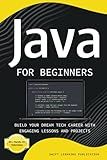
Java for Beginners: Build Your Dream Tech Career with Engaging Lessons and Projects


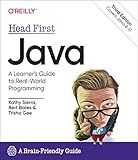
Head First Java: A Brain-Friendly Guide


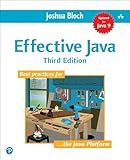
Effective Java


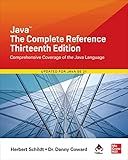
Java: The Complete Reference, Thirteenth Edition


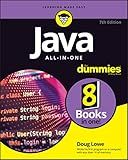
Java All-in-One For Dummies


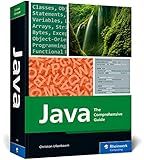
Java: The Comprehensive Guide to Java Programming for Professionals (Rheinwerk Computing)


To write a basic Java class, start by declaring the access modifier, which controls the visibility of the class. This could be public, private, or protected. Next, specify the keyword “class” followed by the name of the class.
Inside the class, define the variables, also known as fields, that the class will have. These can be of different data types such as int, String, boolean, etc.
Then, define any methods that the class will contain. These methods can be used to perform different actions or operations within the class.
It is important to also define a constructor for the class, which is a special method that gets called when an instance of the class is created.
Lastly, make sure to save the class in a file with the same name as the class and a “.java” extension. This file should be located in a directory that matches the package hierarchy, if any.
Once you have completed these steps, you will have created a basic Java class that can be used in your Java applications.
What is object initialization in Java?
Object initialization in Java refers to the process of creating an object of a class and setting its initial values or state. This can be done using a constructor, which is a special method that is called when an object is created. The constructor can take parameters to set the initial state of the object, or it can initialize default values. Initialization can also be done using setter methods to assign values to instance variables after the object has been created.
What is the significance of static members in Java classes?
Static members in Java classes have several significant advantages:
- They can be accessed without creating an instance of the class, making them useful for utility classes where objects are not required.
- They are shared among all instances of the class, meaning changes made to a static member will be reflected across all instances.
- They can be used to define constants that are relevant to the class as a whole.
- They can be used to implement the singleton design pattern, where only one instance of a class is allowed to exist.
- They are loaded into memory only once, reducing memory usage and improving performance.
How to implement inheritance in Java classes?
In Java, inheritance can be implemented using the extends keyword.
To create a subclass that inherits from a superclass, you use the following syntax:
public class Superclass { // superclass members and methods }
public class Subclass extends Superclass { // subclass members and methods }
In this example, the Subclass class extends the Superclass class, which means that Subclass inherits all the members and methods of Superclass.
You can also access the superclass constructor and methods using the super keyword:
public class Superclass { public Superclass() { System.out.println("Superclass constructor"); }
public void superclassMethod() {
System.out.println("Superclass method");
}
}
public class Subclass extends Superclass { public Subclass() { super(); // calls the superclass constructor System.out.println("Subclass constructor"); }
public void subclassMethod() {
super.superclassMethod(); // calls the superclass method
System.out.println("Subclass method");
}
}
In this example, the Subclass constructor first calls the superclass constructor using super(), and then calls the superclass method using super.superclassMethod() before executing its own code.
By using inheritance, you can create classes that share common functionality and easily extend or modify that functionality in subclasses.
How to write a basic Java class?
To write a basic Java class, follow these steps:
- Open your preferred integrated development environment (IDE) or text editor to create a new Java file.
- Start by declaring the class using the class keyword followed by the class name. For example, public class MyClass { }.
- Inside the class, you can declare fields (variables) and methods.
public class MyClass { // Fields private int number;
// Constructor
public MyClass(int number) {
this.number = number;
}
// Methods
public void printNumber() {
System.out.println("Number is: " + number);
}
}
- Save the file with a .java extension and the same name as the class.
- Your basic Java class is now ready. You can create instances of this class in other Java files and call its methods.
Here's an example of how to create an instance of the MyClass and call its printNumber() method:
public class Main { public static void main(String[] args) { MyClass myObject = new MyClass(10); myObject.printNumber(); } }
Compile and run the program to see the output.
What is the role of constructors in Java classes?
Constructors in Java classes are special methods that are called when an object of the class is created. Their main role is to initialize the newly created object and set its initial state. Constructors can have parameters, which allow for customizable initialization of objects. Constructors play a crucial role in object-oriented programming as they ensure that objects are properly initialized and ready to be used by the program.
